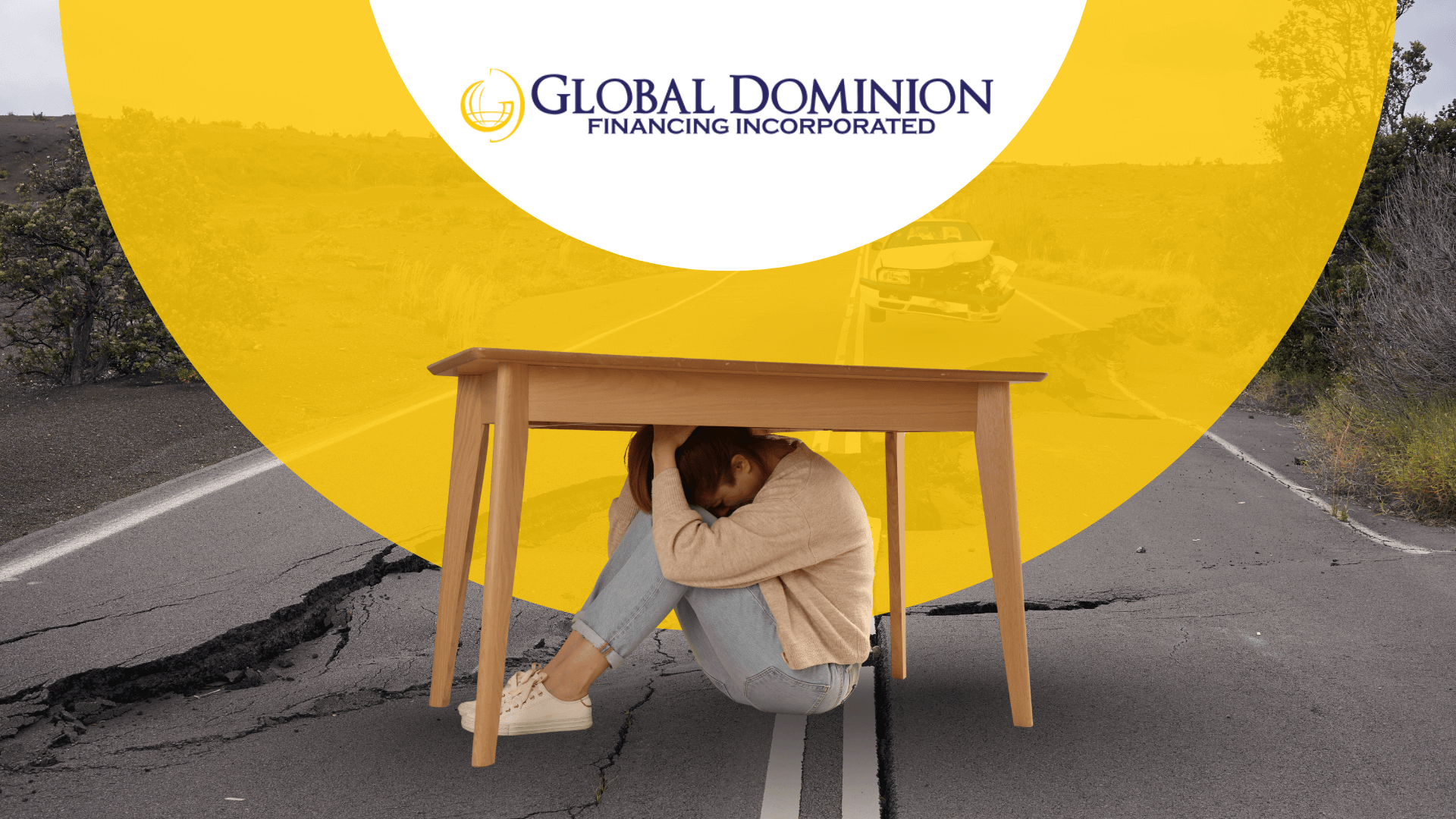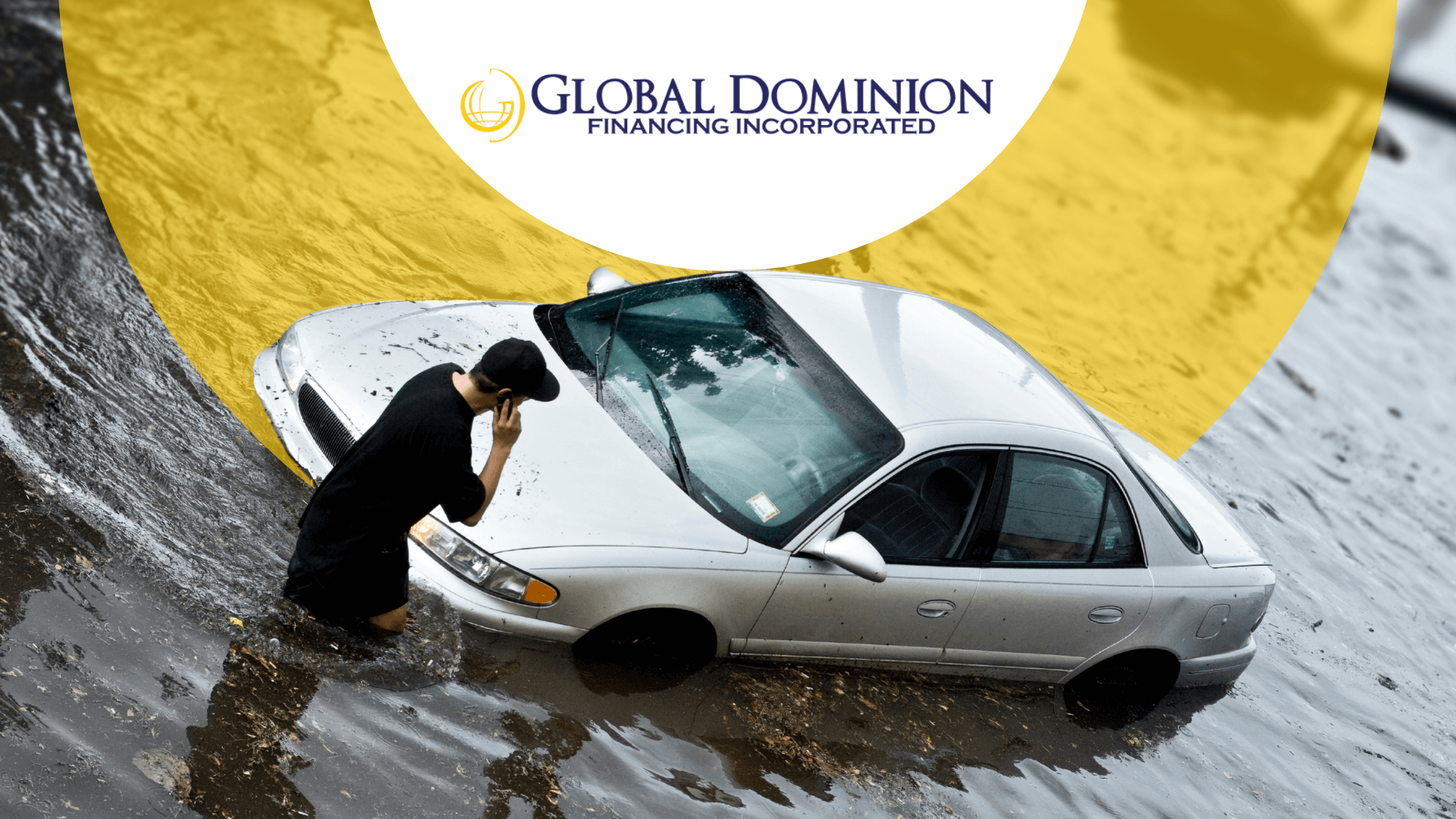9 Common Driving Errors of Newbies that Damage Cars

Hitting the road for the first time, especially on highways, can be overwhelming. However, once the car engine roared to life, you should not be taken by excitement or anxiety and forget how to drive properly. You don’t want more liabilities for car repair and emergencies, especially if you’re still on the auto loan repayment period.
Now, we listed down the common driving errors of newbies (and old-time drivers) that damage cars, all of which you need to avoid:
1. Over speeding
Speeding, or more popularly known as overspeeding in the Philippines, is one of the most common offenses by both newbie and old-time drivers all over the world. This refers to driving beyond the standard speed limit, which by all means dangerous for the driver, passengers, and even pedestrians. It is also one of the top causes of road accidents resulting in damaged cars, injuries, and worse, death. With proper training on road laws, a newbie should also drive with a sound mind while on wheels. Some reckless drivers blast the highways every day, but it doesn’t mean that you should mimic that type of culture.
2. Distracted Driving
Distracted driving is another common reason why cars are damaged and accidents happen. For all types of drivers, it is important to put your focus on getting to your destination safe. There is so much to look after once you start the engine, and distractions such as deliberate use of phones or other electronic devices can get you in big trouble, aside from the penalties under RA 10913 (Anti-Distracted Driving Act).
Recent car models have wireless connectivity between your mobile devices and car features, freeing your hands from unnecessary tasks. Aside from electronic devices, distractions can also refer to activities such as manually tweaking your radio, combing your bags, or heated conversation while the car is running.
3. Drowsy and Drunk Driving
Drowsy and drunk driving is still part of the top causes why road accidents take place. Newbies should learn early and old-time drivers should lead on how to be responsible while hitting the road. Drivers should be in their best condition physically, mentally, and emotionally. Always get the right sleep and keep yourself awake throughout the journey. And most importantly, don’t get intoxicated. A high amount of liquors inside your body mess up your senses, decision-making, and motor controls.
4. Improper Parking
Improper parking is one of the common challenges for beginners. While driving courses on straight lines and wide curves, parking is more complicated. The challenges include fitting the car in a narrow place, sharp turning, and measuring the distance in all directions to avoid bumping, door dings, and scratching the body. Newbies usually have a hard time parking with enough space beside or in between other vehicles, and using the rear wheels seems to put it a bar higher.
5. Lack of or Wrong Use of Turn Signals
Turn signals are your tools to communicate with other vehicles. At the start, getting familiarized with the turn signals can be a bit overwhelming, but these tools can help you prevent accidents and save lives. The lack of or wrong use of turn signals can be problematic, which is why license “fixers” are severely punished because applicants do not undergo driving tests that include the use of turn signals and road laws.
6. Driving on Speed Humps and Speed Bumps
Speed humps and speed bumps are undulations that are both intended to slow down vehicles and keep the road safe for pedestrians. Speed humps give a gentle rocking sensation to cars while speed bumps are more aggressive. Newbies can be oblivious to these road features and continue driving at an accelerated speed, which can create discomfort to passengers or cargo and cause misalignment or shocks breakage. It can also jeopardize the passengers in a crowded place where it is usually installed.
Aside from speed humps and bumps, Philippine roads usually have potholes and other types of hindrances to smooth driving. New drivers should be aware of these road conditions and how to adjust the way of their driving to avoid mishaps.
7. Forgetting to Check on Tire Pressure
Being able to drive and go wherever you want to go sounds convenient and exciting, especially if you are a first-timer. However, due to excitement and comfort, some forget to check the tires and these tires take the blow of regular use and long travels. Low tire pressure causes blowouts, arduous driving, and risk for accidents. It’s a must to ensure tires are not flat all the time. Better if this process is part of your maintenance routine.
8. Not Knowing the Right Type of Fuel to Load
Filling up a tank with inappropriate fuel causes serious damage to your engine. This can create erratic combustion, overheating, and irreparable harm to your vehicle. Drivers and car owners should know what type of gas to load on your car and what is not advisable to avoid troubles and waste of money.
9. Not Observing Distance When Driving Among Vehicles
Just like parking, driving on the road amid other vehicles need strict observance of spaces. The distance allows you and other vehicles to move smoothly and avoid bumping throughout the drive, which will cause dents to the car bodies and also start an accident.





